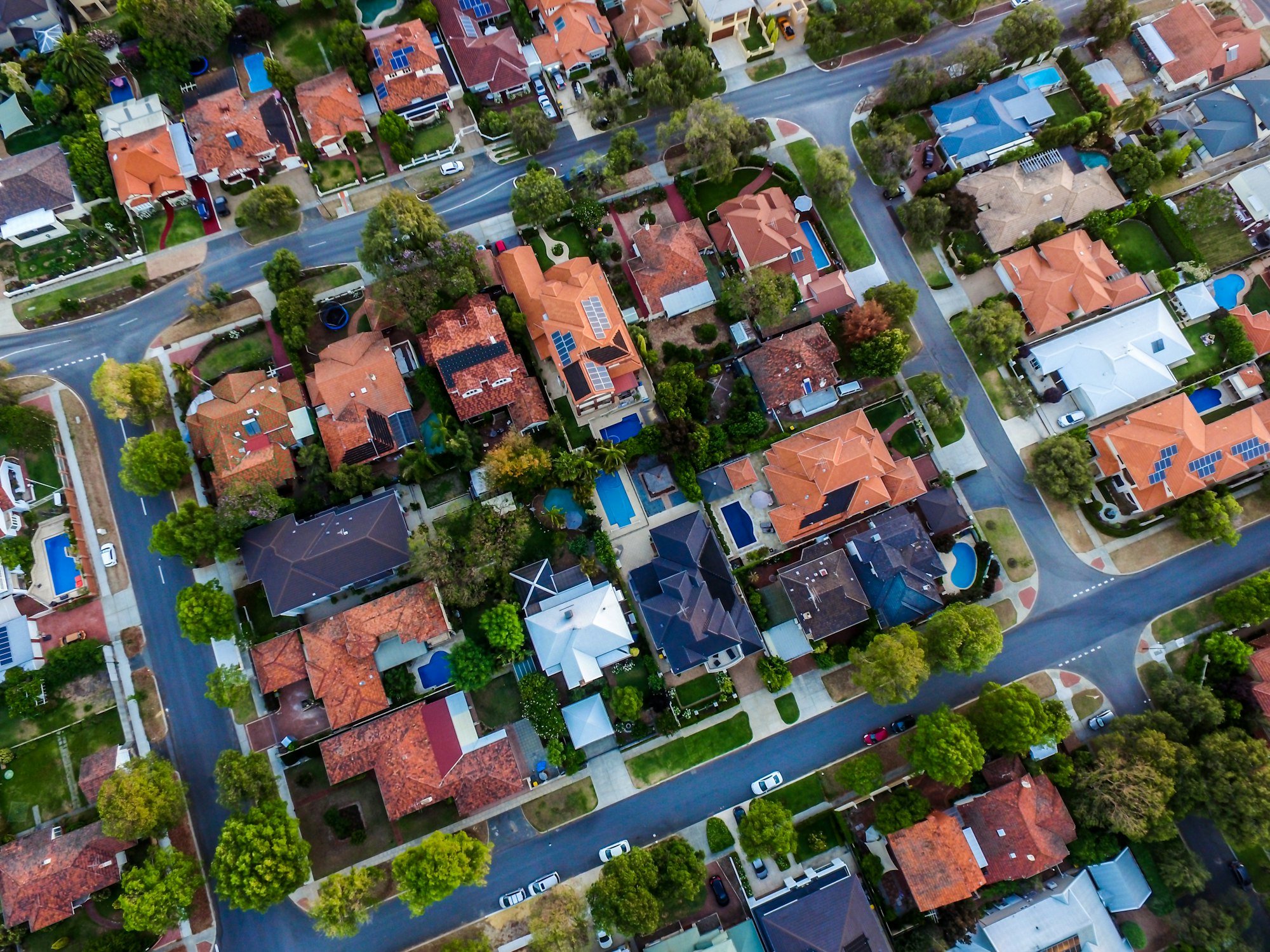The new paradigm of insurance
Climate change has forced us into a new paradigm for insurance.

Earlier this year, the CFO of Florida blamed “wokeness” as the reason for Farmers Insurance leaving the state after the company determined it was too risky to insure policyholders in a state that is increasingly disaster-prone. If only it were so simple as a culture war. From economics to geography to risk models, the tectonic plates underneath the insurance industry are shifting due to converging factors like climate change, population growth, asset appreciation, and a lack of affordable housing.
- Since 2020, the US has experienced an average of 20 disasters per year of at least one billion dollars, up from 13 billion-dollar disasters per year in the 2010s, and 7 billion-dollar disasters per year in the 2000s.
- Traditionally, “secondary perils” like thunderstorms have been less costly to insurance companies than the primary perils of hurricanes and earthquakes. But climate change is reversing that: thunderstorms alone have accounted for almost 70% of insured catastrophic losses in 2023. While the big storms make the news, it’s the regional ones that will compound losses and drive rate hikes.
This analysis by Moody’s shows how insurance and reinsurance companies are transforming how and where they do business. We’re moving into a new paradigm where state-run insurance companies are stepping in, private companies are stepping out, homeowners are going without insurance, and the fundamentals of underwriting risk and forecasting everything from fires to floods are being revisited. While “firetech” startups try to tackle the growing incidence of destructive forest fires, the XPrize launched “XPrize Wildfire” this year, and some communities are using everything from drones to goats to prevent fires, it will require far more ambitious and coordinated efforts to protect private property at scale in the age of climate change.
